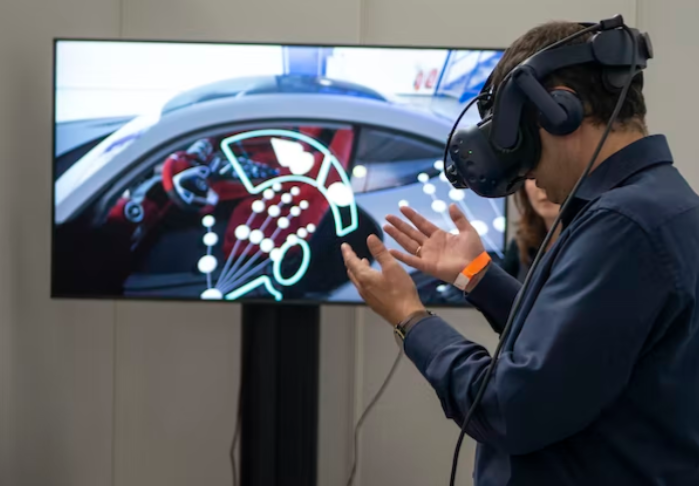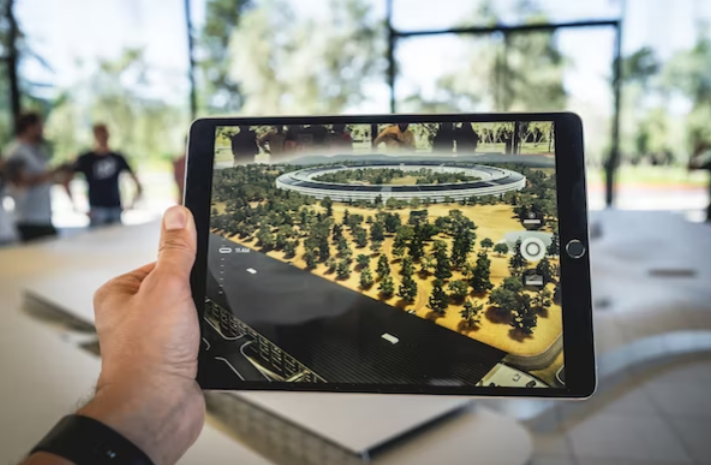Borderland Partners tracks the megatrends that promise to exert an outsized impact on the way we do business and on the workplace itself. One megatrend that we have been watching with interest is the metaverse, especially with regard to the manner in which it is beginning to shape certain sectors and industries, while barely touching others. The 2023 World Economic Forum meeting in Davos unveiled some new thinking about the metaverse and the potential differences in its impact, but to really understand what we are starting to see today, it makes sense to look at findings from a study conducted in April 2022 by McKinsey.
First, a definition. The “metaverse” is a term that is mentioned frequently, but still only roughly understood. Although evolving, it can be thought of as the successor to the internet that seamlessly combines our digital and physical lives. A variety of interoperable technologies support the metaverse, whose fundamental features consist of its immersive nature, real-time interactivity, and user agency.

Once relegated to the realm of science fiction, then to the tech and gaming communities, the metaverse is already affecting everyday life. In manufacturing, it allows people to avoid dangerous situations, while providing opportunities for people with different abilities to contribute to production. Architects and engineers can create structures in a virtual space before approving projects in real life. For healthcare practitioners, the metaverse enables individuals to try out new procedures virtually, before ever inserting a needle into the arm of a living person.

One of the most concrete manifestations of the metaverse is the admirable size of the market it represents and the sheer speed it is gaining. According to McKinsey, in 2021, venture capital and private-equity funding in the metaverse hovered around $13 billion. In 2022, investment in the metaverse space topped $102 billion. By 2030, that figure is expected to soar to more than $5 trillion.
But some sectors have rapidly embraced the metaverse, while others demonstrate less involvement. At the forefront are energy and resources, media and entertainment, and automotive, machinery, and assembly. The majority of firms in these areas have launched metaverse initiatives and plan to direct more of their budget to digital investments associated with the metaverse. The way they use the metaverse is felt throughout their operations. It’s becoming part of how they operate, and how they see themselves. At the opposite end of the spectrum are sectors that have been slower to adopt the metaverse and do not anticipate boosting their investments as much. Those arenas include construction, telecommunications, and transportation and logistics. For companies in these areas, involvement in the metaverse can be limited to fewer parts of their business operations.
What accounts for the differences in movement towards and within the metaverse?
It does not appear to be a lack of enthusiasm at the highest levels. The great majority of senior executives across all sectors – 95% — expect the metaverse to have a positive impact on their industry within the next decade. Almost one in four executives expect that the metaverse will drive more than 15 percent of their revenue over the next five years. Instead, executives point to uncertainties – regarding return on investment, the lack of a business model, and lack of managerial capability – to describe the barriers to metaverse entry.
Despite the uncertainty, however, momentum towards engagement in the metaverse already provides external pressure for its greater adoption across sectors. The recent pandemic resulted in more openness to virtual work and meetings, for example. It also accelerated e-commerce. Consumers demand more, in terms of the combination of real-world and virtual elements, interaction, and experiences that transcend boundaries. For companies to continue to be relevant and competitive, their leaders will have to make those connections, relationships, and environments come alive through a new set of strategies, processes, and ways of doing business. And soon, because the clock is ticking and a $5 trillion market beckons.